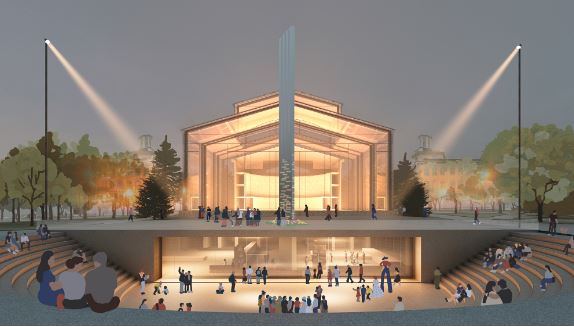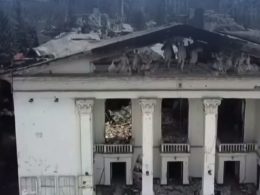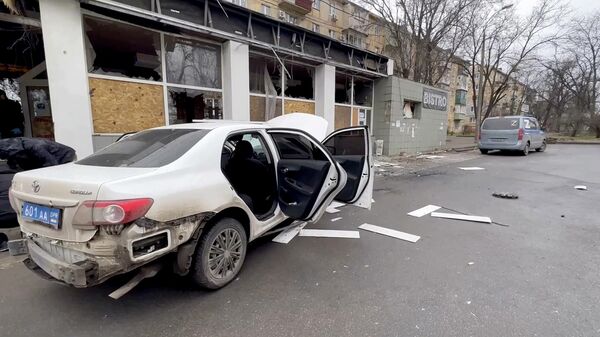A group of Ukrainian architects and designers has published a project to restore Mariupol, the seaside city razed to the ground by Russian occupiers.
Titled “Re: Mariupol,” it offers a futuristic take at the once-industrial city whose factories were dedicated by Russian bombs.
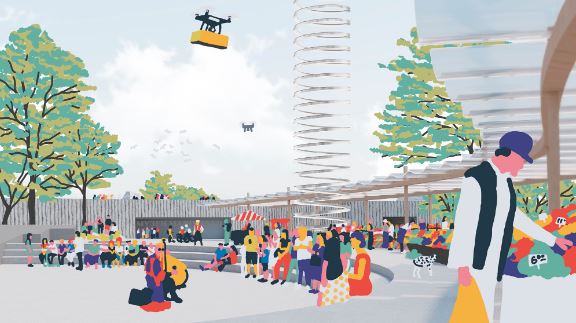
“Mariupol has been given a chance for a complete reset and renewal due to the terrible destruction of the war. Keeping in mind the price paid for its defense and, in the future, de-occupation, we are putting the value of human life at the heart of the new city,” the team notes.
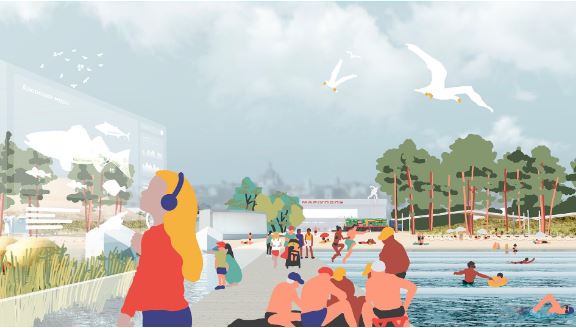
The concept of Mariupol’s restoration envisages the integration of a “15-minute city” system with a vibrant center and access to water – the Sea of Azov and rivers. For the restoration, they propose using environmental technologies and recycled materials that can become the basis for research clusters.
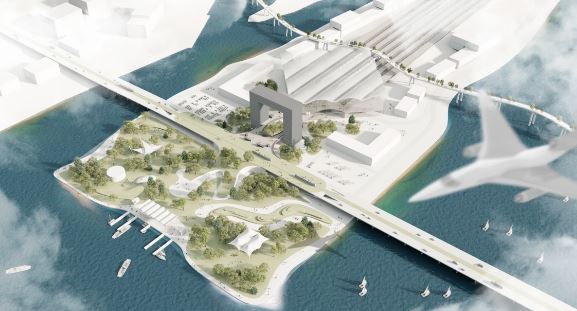
“Science and education, instead of heavy industry, should become the city’s new identity. And culture and tourism will complement the economic portrait of the city,” the project authors say.
The life of Mariupol was centered around the Azovstal steelworks, which had become the place of last refuge for Ukraine’s defenders who resisted Russia’s invasion until May 2022. The factory is now destroyed, and the project authors don’t propose to rebuild it, but rather to pay homage to its metallurgical history by erecting a Center of Steel.
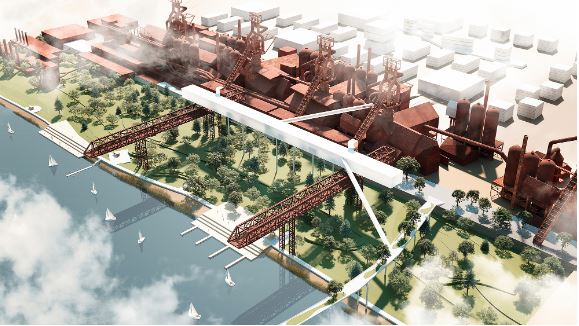
According to the concept, post-industrial areas should become cultural centers in the future. Still, they can retain their DNA and tell visitors about industrialization, metallurgy, and metal as a material-parts of history without which it is impossible to imagine Mariupol’s past.
Another territory where Mariupol’s industrial DNA is reimagined is the Azovstal Memory Center. The “Re: Mariupol” team proposes to turn this site, which in 2022 became a shelter for several thousand residents and defenders of the city, into a huge memorial park reserve. A part of it is to be left untouched so that nature can absorb it and “heal” it. Excursions will be held here, and some spaces can be used for artistic residencies, where the themes of Mariupol’s heroes, the defenders of Azovstal, will be rethought.
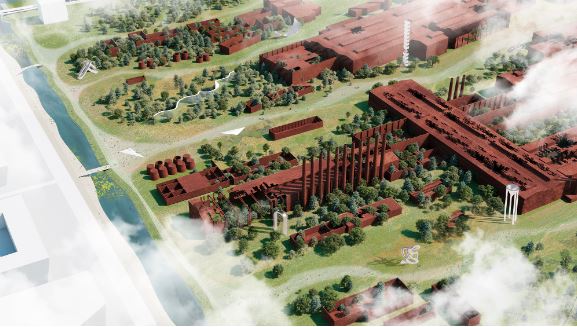
The project was developed at the invitation of the Mariupol.Reborn platform of the Mariupol municipality. Some of the materials were created with the support of the United States Agency for International Development (USAID).




